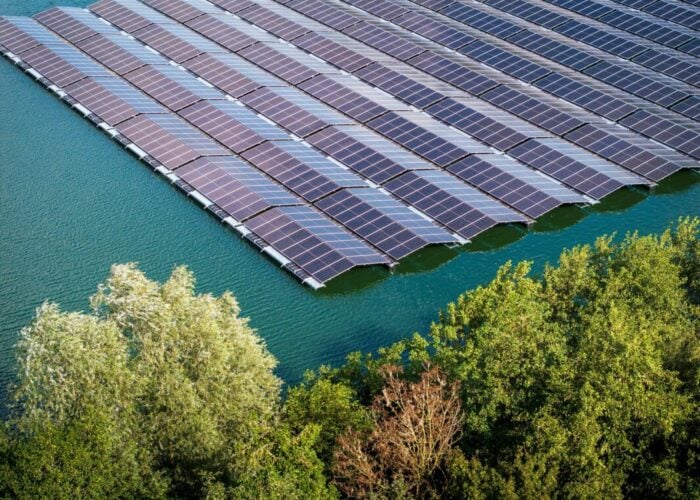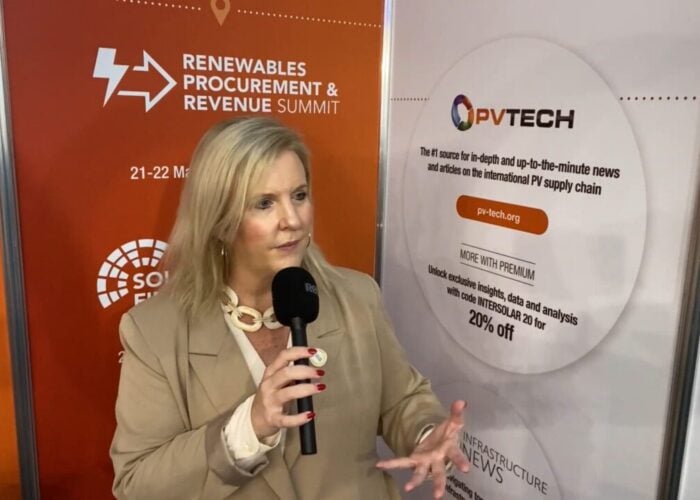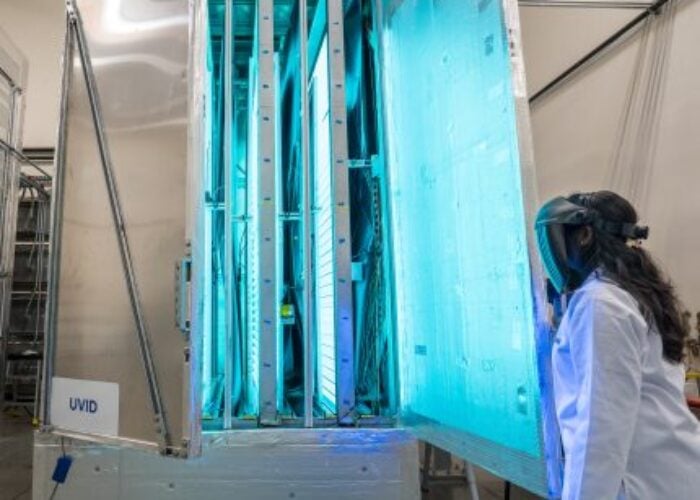India’s Prime Minister has appointed Anil Kakodkar as the new head of his government’s solar programme.
Kakodkar, who is also a member of the Atomic Energy Commission (AEC) and previously led India’s nuclear programme, was unveiled as chairman of the recently launched Solar Energy Corporation of India (SECI) during Prime Minister Manmohan Singh’s speech at the Indian Science Congress in Bhubaneswar on Wednesday.
Try Premium for just $1
- Full premium access for the first month at only $1
- Converts to an annual rate after 30 days unless cancelled
- Cancel anytime during the trial period
Premium Benefits
- Expert industry analysis and interviews
- Digital access to PV Tech Power journal
- Exclusive event discounts
Or get the full Premium subscription right away
Or continue reading this article for free
The SECI has been created to act as the executing arm of the government’s Jawaharlal Nehru National Solar Mission (JNNSM). It will have a starting budget of INR2,600 crores, with several thousand more crores set aside for implementing the mission. It has been registered as a non-profit company under Section 25 of the Companies Act, 1956, and will work under the administrative control of the New and Renewable Energy Ministry (NREM).
Kakodkar’s appointment will raise a few eyebrows due to his employment history and support for nuclear. Despite nuclear accounting for less than 5GW of the country’s energy portfolio, Kakodkar has previously promoted nuclear as the “inevitable and indispensable option” for addressing both sustainability and climate change issues.
In his new role, Kakodkar will be responsible for turning around the fortunes of the JNNSM. Although still in its infancy, its organisation has already come under fire from both developers and politicians. Earlier this week, the findings of a Parliamentary panel were released, labeling the NREM’s approach to the JNNSM as “disappointing” and “lackadaisical”.
This research followed on from disappointing end-of-year installation figures, which saw just 400MW of the 1.2GW of installations forecasted by the government achieve grid connection.






